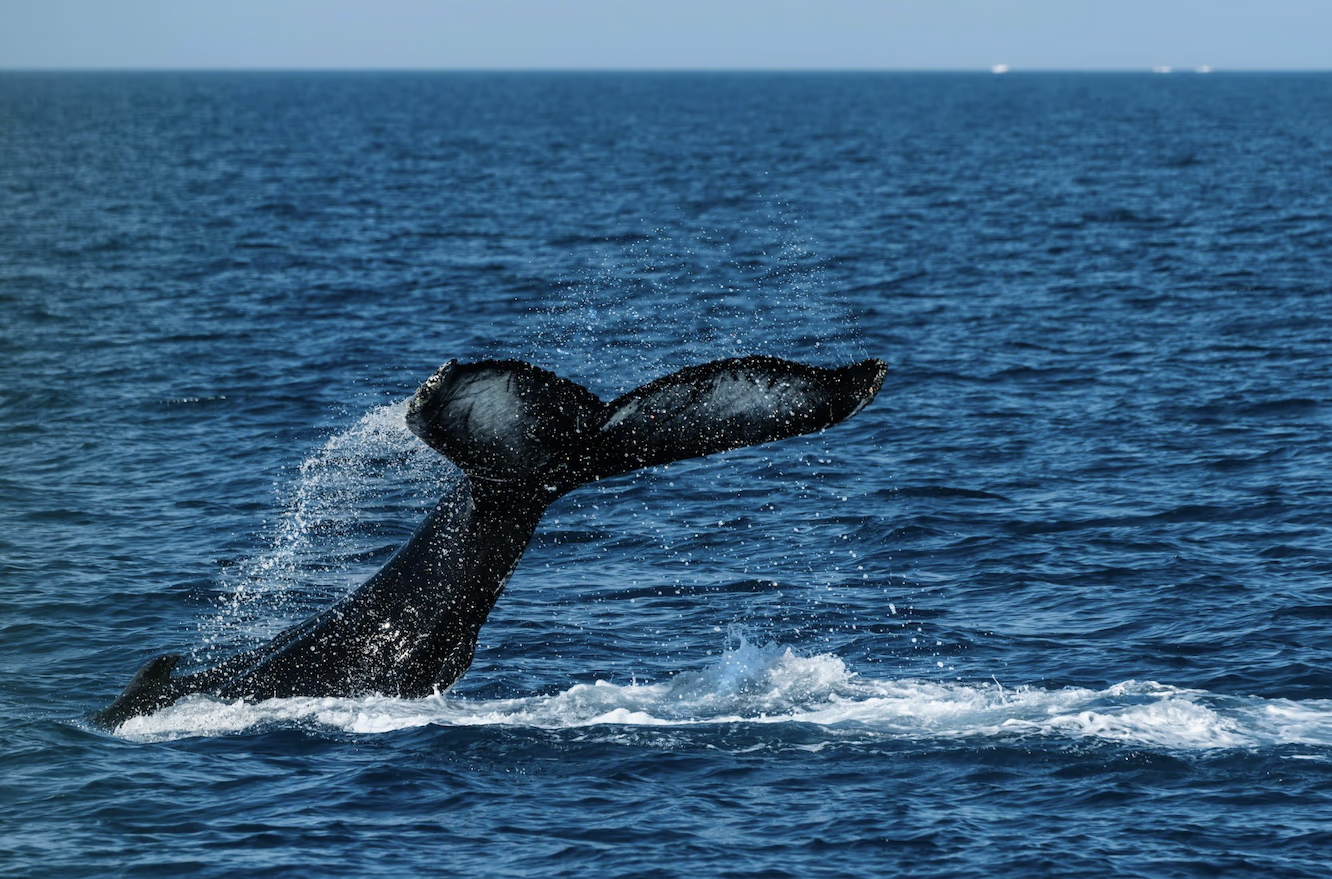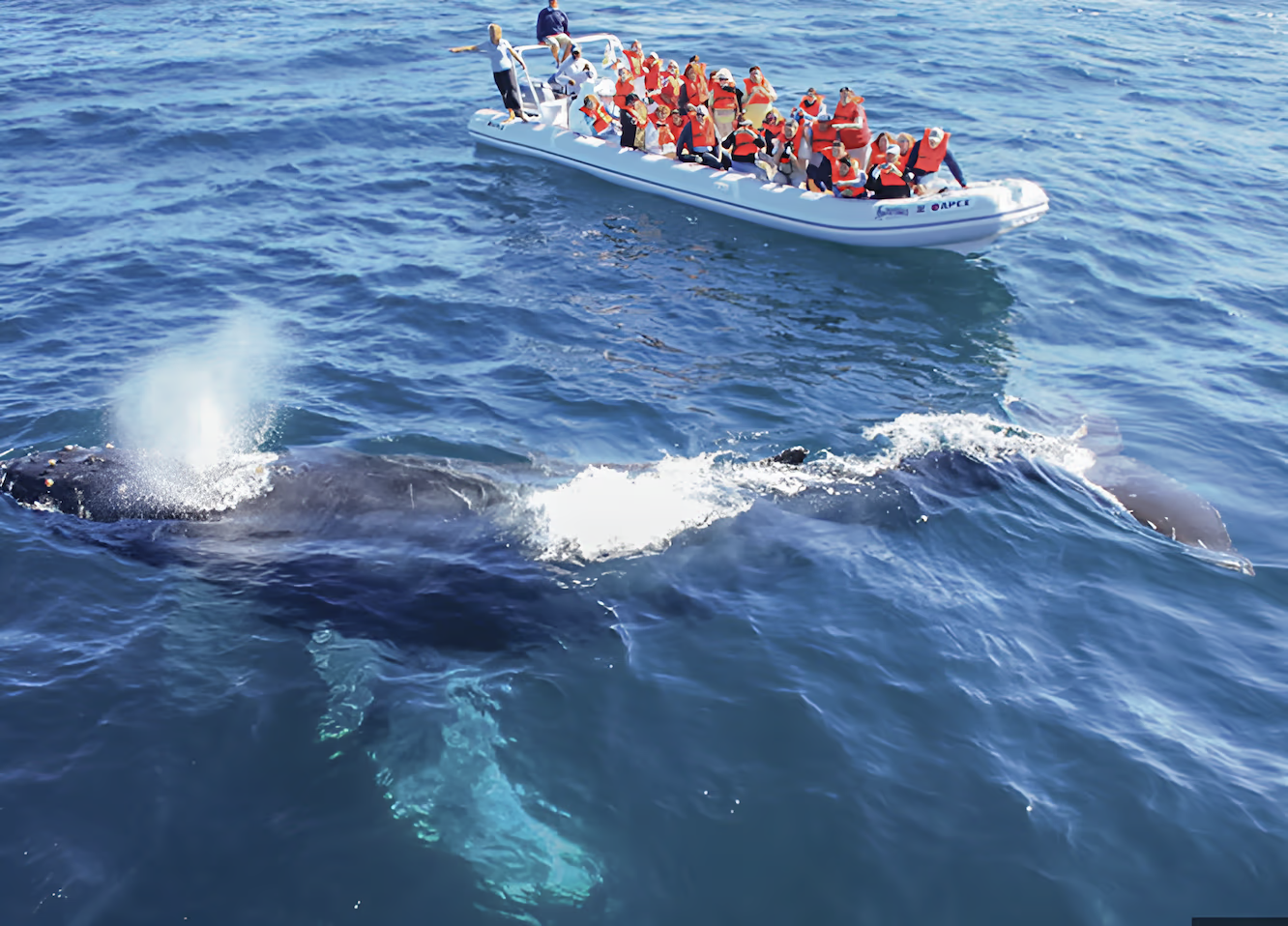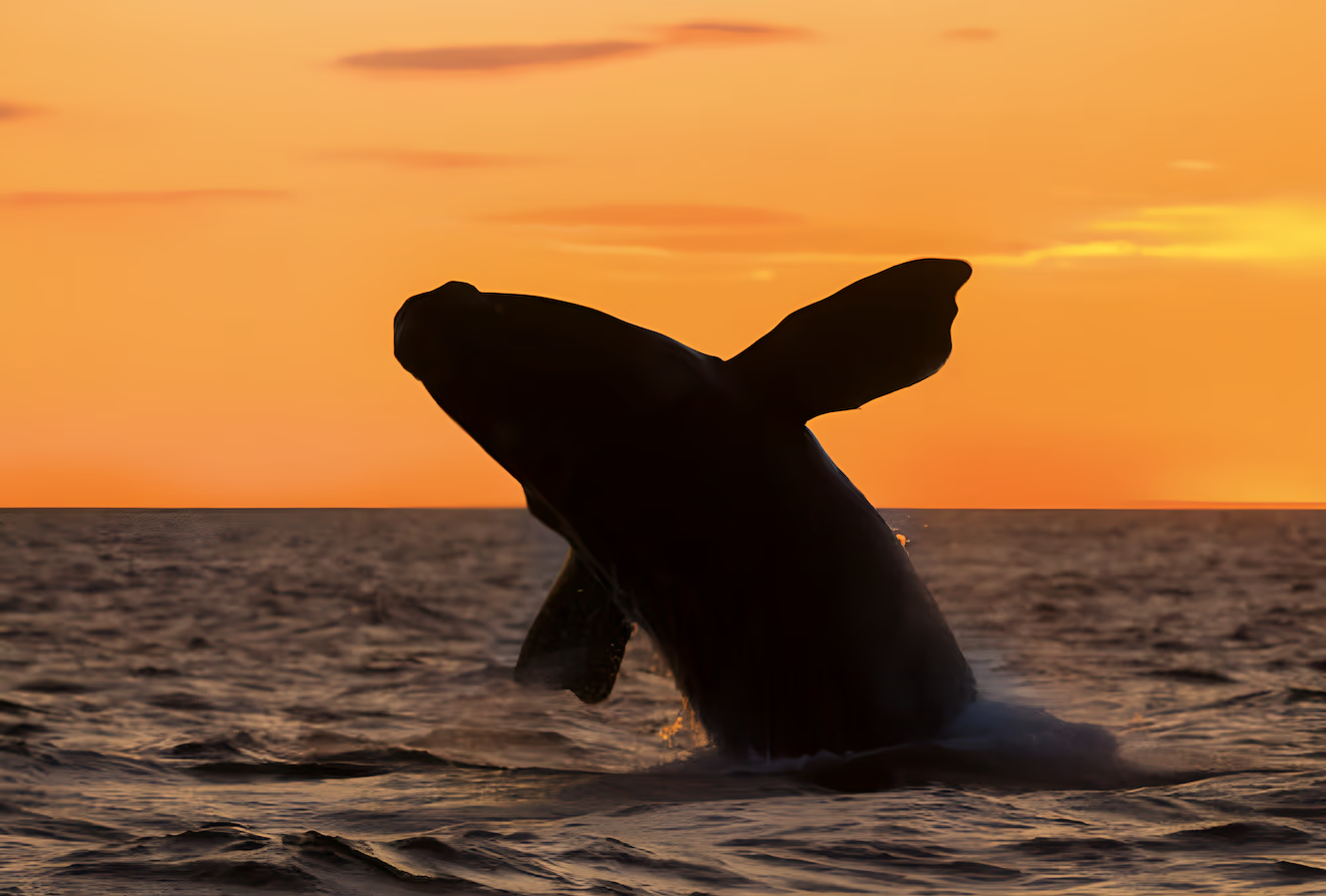If you’re looking for an unforgettable adventure, Los Cabos should be at the top of your list. Known for its stunning coastline and marine life, this Mexican paradise is a top whale-watching destination. Let’s dive into everything you need to know about whale watching experiences, from the best time to tips for making the most of your tour.
Why Los Cabos is a Top Destination for Whale Watching
Los Cabos is one of the best places to witness whales in their natural habitat. Every winter, beautiful humpback and gray whales migrate from the cold waters of the Arctic to the warm, calm waters around Baja California. Los Cabos offers ideal viewing spots along some of the most luxury real estate, with clear, calm waters where you can easily see these incredible animals up close. The rich marine ecosystem in this area also means you might spot other amazing sea creatures like dolphins and turtles, during your trip.

Best Times of the Year to See Whales
If you want to experience whale watching at its peak, plan your trip between December and April. This is when the whale migration is in full swing. Many of the whales arrive as early as mid-December and stay until late April, but the best months are January, February, and March. During these months, you’ll likely see numerous whales, including mothers with their calves, playing and breaching near the shore.

Top Whale-Watching Tours to Book
- Private Charters: If you want a more exclusive experience, consider booking a private charter. These smaller boats provide an intimate setting and let you avoid the crowds, giving you an unobstructed view of the whales.
- Group Tours: Group tours are budget-friendly and a great way to meet other whale enthusiasts. Most group tours include a knowledgeable guide who will share insights into whale behavior.
- Eco-Friendly Tours: For eco-conscious travelers, some companies offer tours that focus on minimizing their environmental impact. These tours often have smaller groups and use boats that meet environmental standards.

What to Expect on a Whale Watching Tour
When you head out on a whale-watching Cabo adventure, be prepared for an awe-inspiring journey. Most tours last between two to three hours, with experienced guides sharing insights into whale behavior and pointing out any whales spotted in the distance. You might see humpback whales breaching the water, mothers swimming with calves, and even dolphins or sea lions along the way.
Many tours also provide refreshments and equipment, like life vests and waterproof jackets. The tours are usually smooth and safe, but the weather can change quickly, so be ready for a bit of excitement!
Tips for a Successful Whale-Watching Experience
- Book in Advance: Tours fill up quickly, especially during peak whale-watching season. Booking early ensures you don’t miss out.
- Dress Comfortably: Wear layers, as mornings can be chilly on the water, and bring a waterproof jacket in case of sea spray.
- Bring Binoculars and a Camera: Although you’ll likely get close to the whales, binoculars will help you see more details. A camera with a good zoom lens is also a great idea.
- Listen to the Guide: The guides know the whales’ habits and can help you spot them. Follow their instructions for the best experience.
- Stay Patient and Enjoy: Whale watching involves a bit of waiting, but the reward is worth it. Enjoy the time on the water and take in the scenery while waiting for a sighting.
Photo Credits: Susanne Jutzeler,

